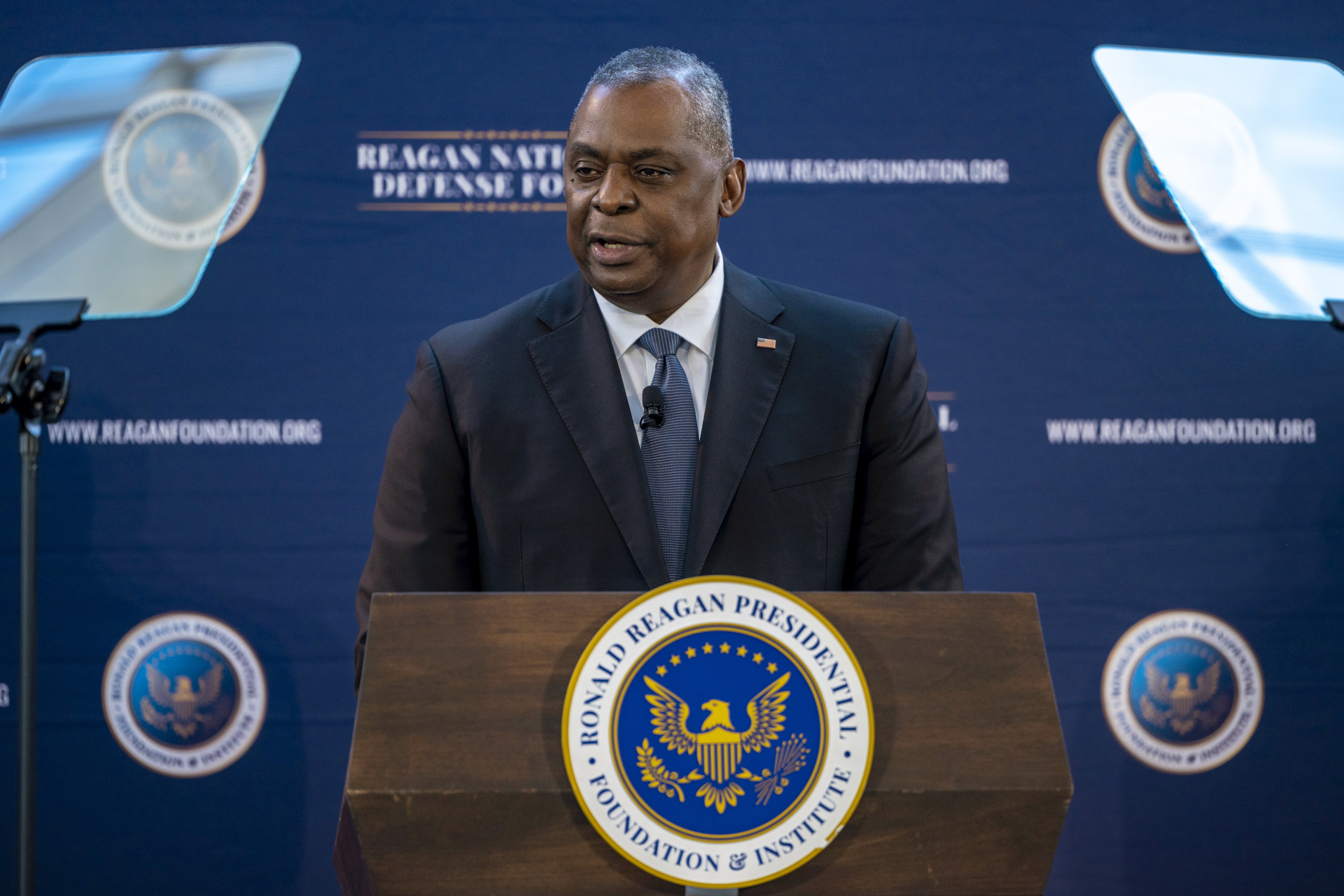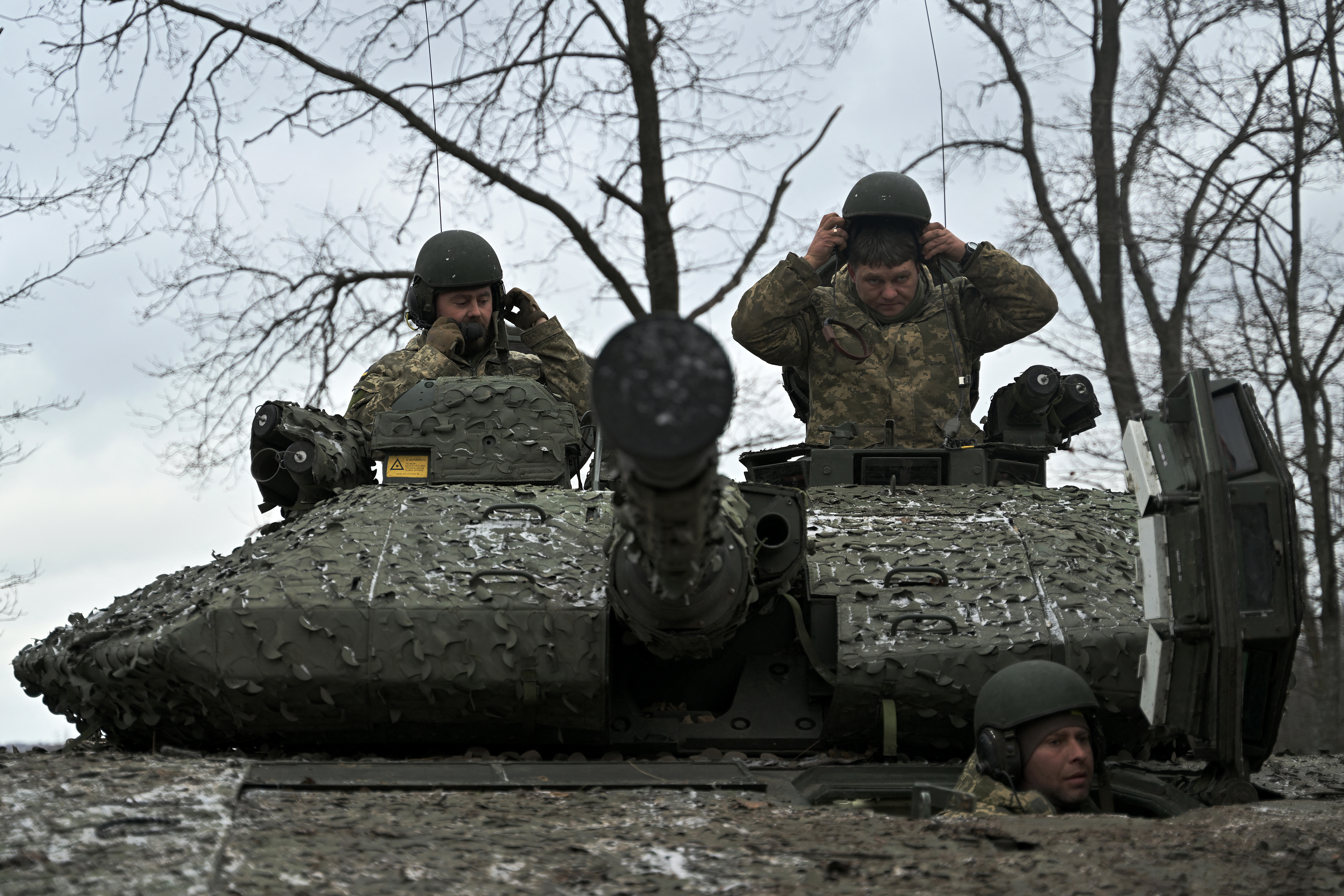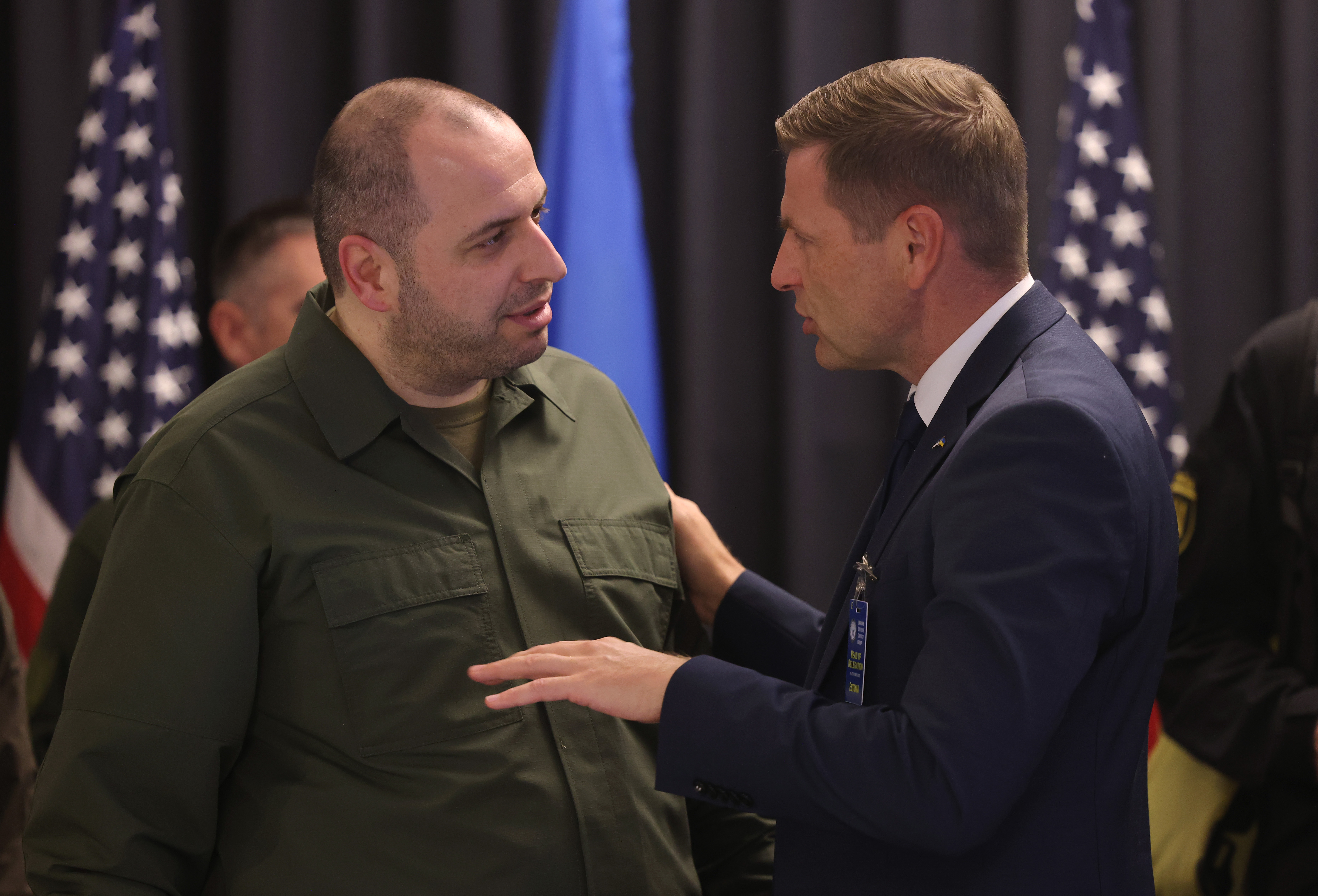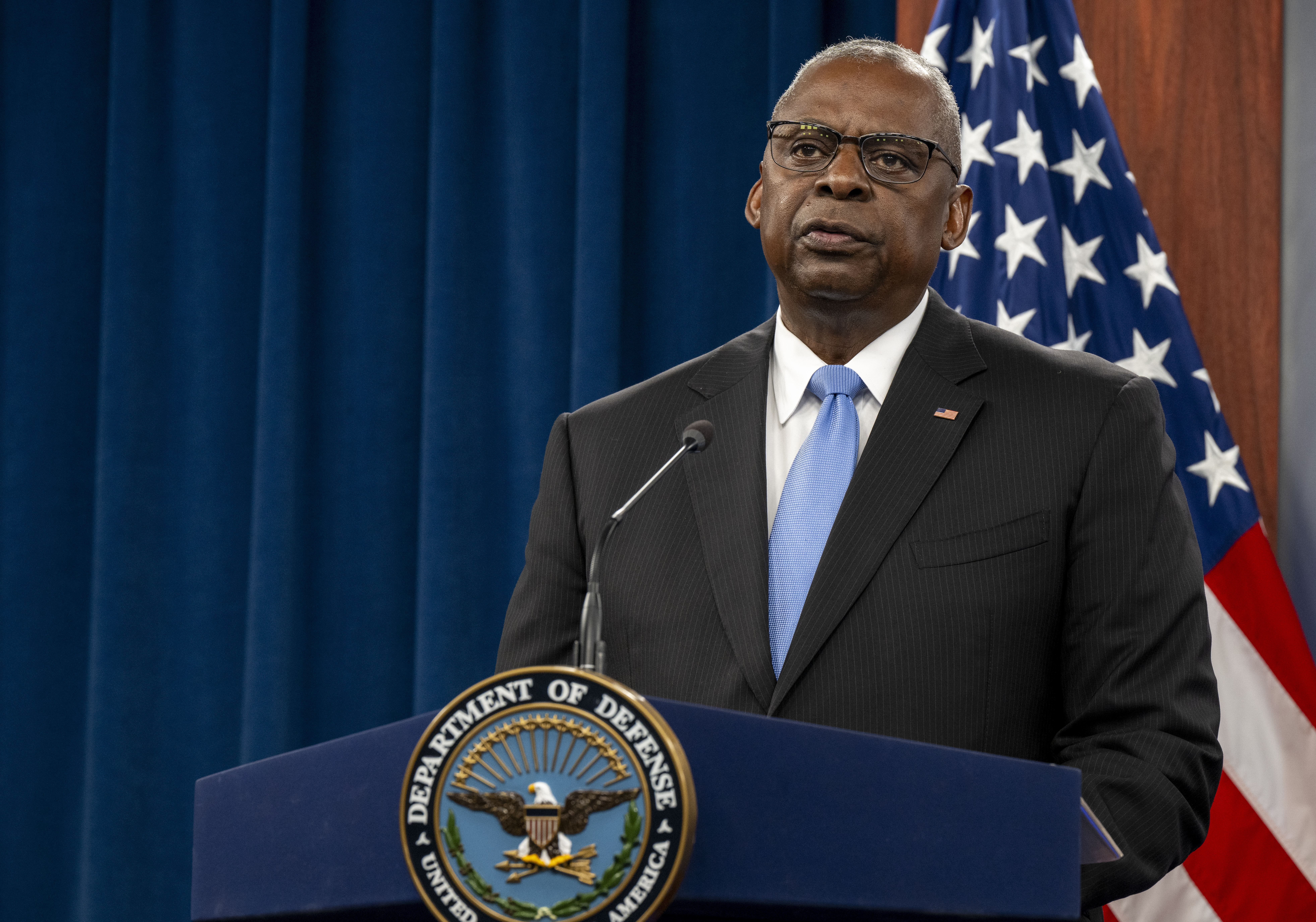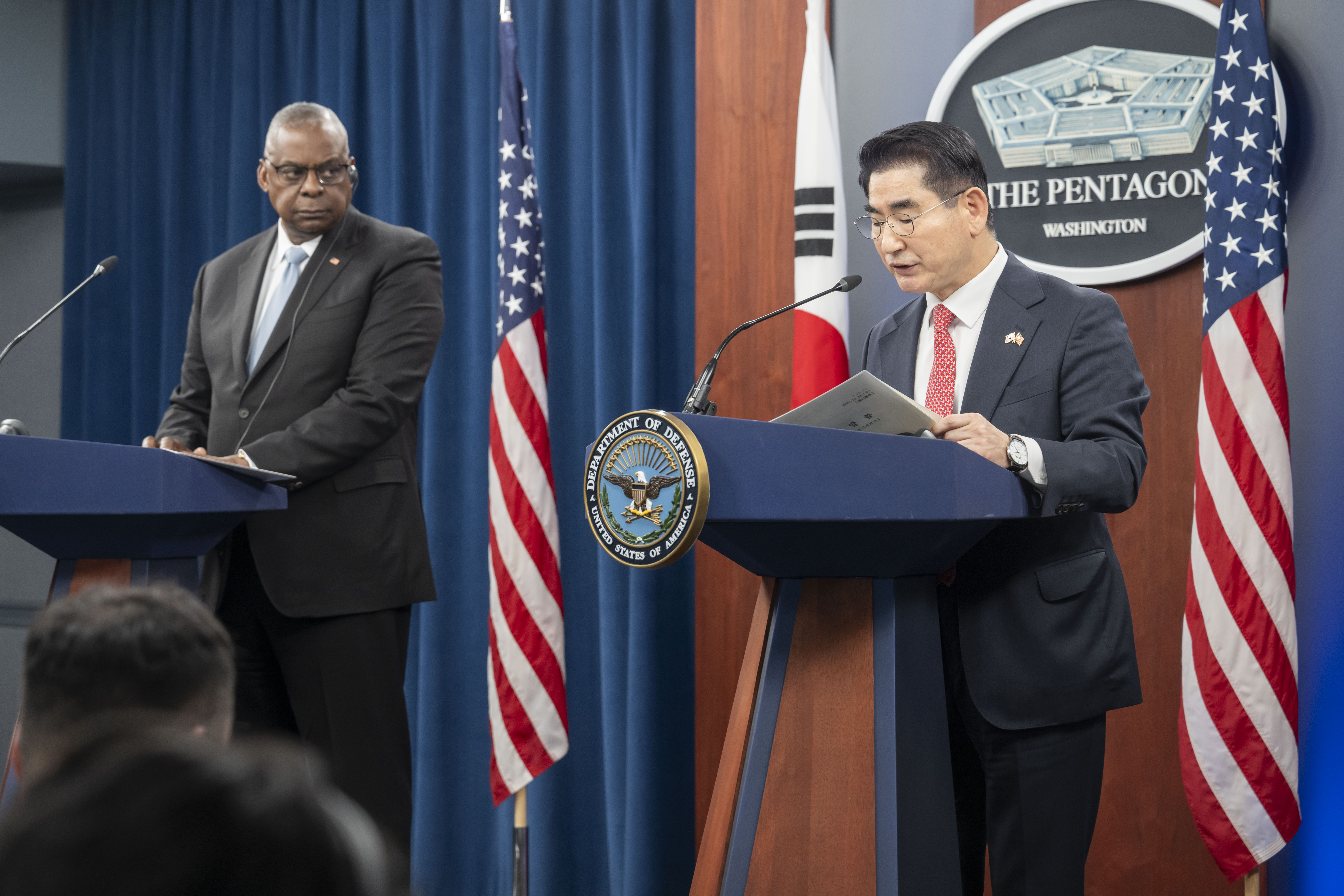[ad_1]

WARSAW, Poland — After months of pondering, Slovakia has decided to purchase 12 UH-60 Black Hawk helicopters for its military, according to Slovak Deputy Prime Minister and Defence Minister Robert Kaliňák. The move could encourage Ukraine to intensify its lobbying in Washington as Kyiv seeks the 12 AH-1Z Viper helos that Bratislava rejected.
The Black Hawk offer, comprising second-hand modernized copters, was submitted by Ace Aeronautics which is part of the Helicopter Alliance group, local daily Denník N reported. The group is controlled by Czech entrepreneur Jaroslav Strnad, the founder and former owner of local defense group Czechoslovak Group. The holding is currently owned by the founder’s son Michal Strnad, and operates a number of production facilities in the Czech Republic and Slovakia.
The Black Hawks were recently offered to Bratislava for around €150 million ($158 million) without weapons, compared with the Vipers’ revised price which exceeded €550 million, according to the minister. The Black Hawk is manufactured by Lockheed Martin’s subsidiary Sikorsky, and the Viper is produced by Bell.
In July 2024, the U.S. State Department authorized a tentative foreign military sale of 12 Vipers to Slovakia for an estimated $600 million. This represented a sizable increase compared with the initial $340 million price tag pitched to the previous Slovak cabinet. That discount resulted from the fact that a deal with Pakistan, the initially envisioned recipient of the copters, had fallen through.
Slovakia’s previous government was offered discounted Vipers under the country’s attack helicopter program, but the government that took over power in October 2023 has long hesitated over the purchase.
A senior industry official close to the talks told Defense News that Ukrainian decision-makers requested the Vipers from Washington some 20 months ago, and the latest decision is likely to further intensify Kyiv’s lobbying activities to secure the aircraft.
“They’d have been flying them by now,” the official said in a reference to the Ukrainian Armed Forces.
The Slovak military has a fleet of nine UH-60 Black Hawks.
Jaroslaw Adamowski is the Poland correspondent for Defense News.
[ad_2]
Source link




